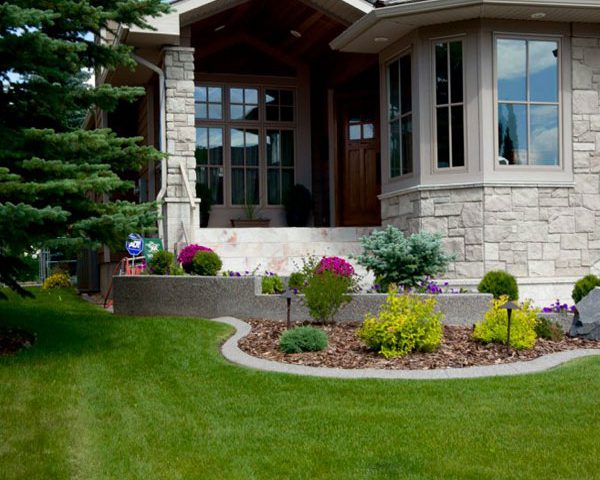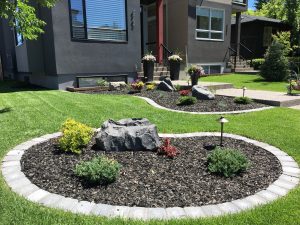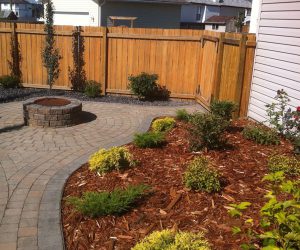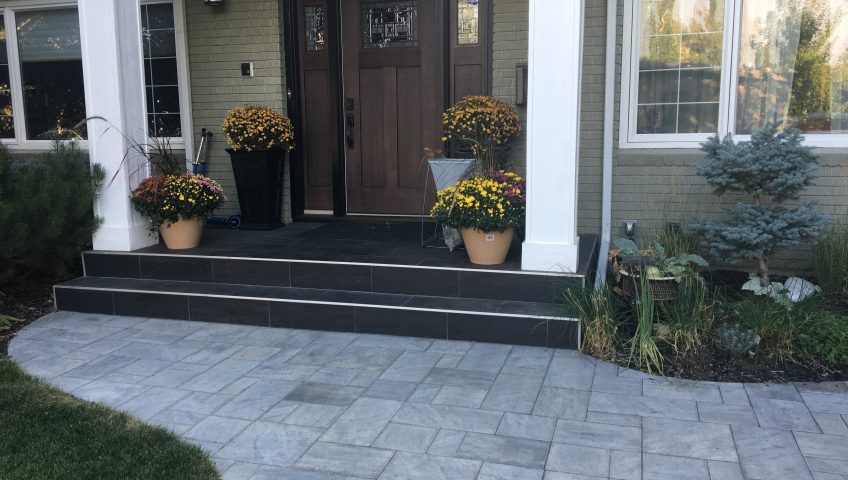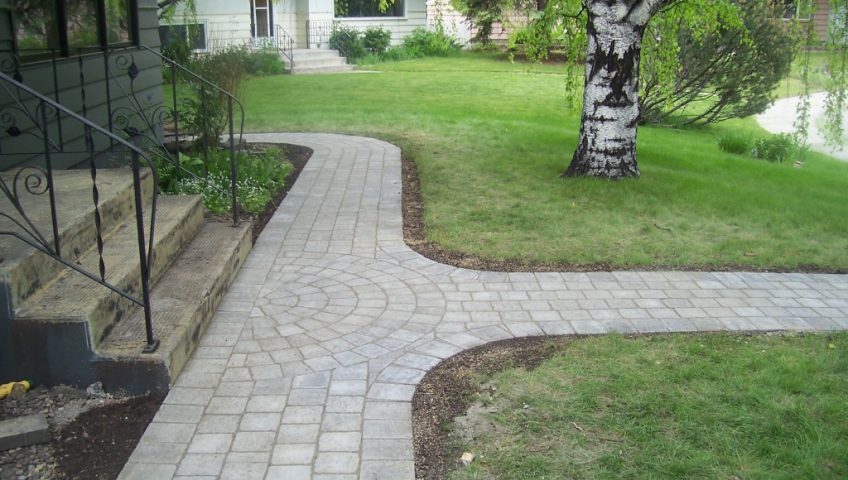
Paving stone repair
We get a lot of calls from Calgary homeowners asking us about paving stone repair. Paving stone patios and walkways or paving stone driveways are common in Calgary. Over time the paving stones can heave due to frost heaves, drainage issues or tree roots. Many of these paving stone structures have been there for many, many years so the paving stones themselves are old and outdated.
How to repair paving stones
For paving stone repair to be done properly you have to start by creating a proper base. As with all landscaping components, preparation is the most important part of the project. Simply removing the paving stones and adding or removing a little of the base is not sufficient. The best way to repair your paving stones is to remove the paving stones from the heaved or sunken area. Also remove the paving stone from a portion of the affected area even if they are not in need of repair. Then remove the sand and check to make sure there is an existing compacted gravel base. If there is not an existing gravel base then that is likely the cause of your paving stone issue. To properly re-install the paving stones you will need to add a compacted gravel base. This gravel base will prevent frost heaves and damage from drainage issues. IF you are looking for a quick fix then you can simply add or remove some sand but this won’t be a good long term fix.
Are roots the cause of your paving stone issue?
Tree roots are often the cause of paving stones heaving and they can cause real damage to patios, walkways and driveways. You many be dealing with a city tree that cannot be removed. Or, you like the look of the tree but you don’t like the damage it is doing to your paving stones. If tree roots are the cause of the paving stone damage, then notching out the tree root might be your best solution. Spruce tree and poplar roots are the most common culprits and their roots can be cut or notched out with a hand or power saw. If the root is very large then notching out a piece is probably better than cutting through the entire root. Then, cover the notched out area with sand or a compacted base. The root will likely continue to grow and will eventually lift your paving stones again in the future. Removing the root entirely reduce the chances of the heaving returning in the future.
Should you consider new paving stones?
If your paving stones are very old and outdated it is probably best to start fresh with new modern paving stones. Paving stones have come a long way and there are now so many great styles and colours to choose from. It often costs the same to repair your old paving stones as it does to install entirely new paving stones. Paving stone repair is an extensive process and most of the costs are in preparation of a proper base. You can add real value to your property by adding new modern paving stones. We always recommend completely replacing your paving stones if they are older and outdated.
Call Chinook Landscaping and design today for your free paving stone consultation and estimate.

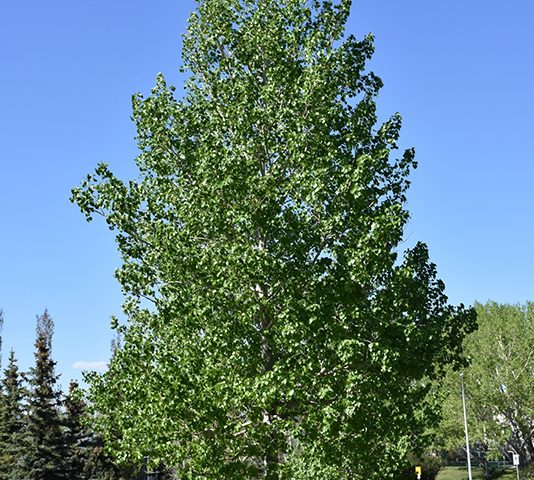
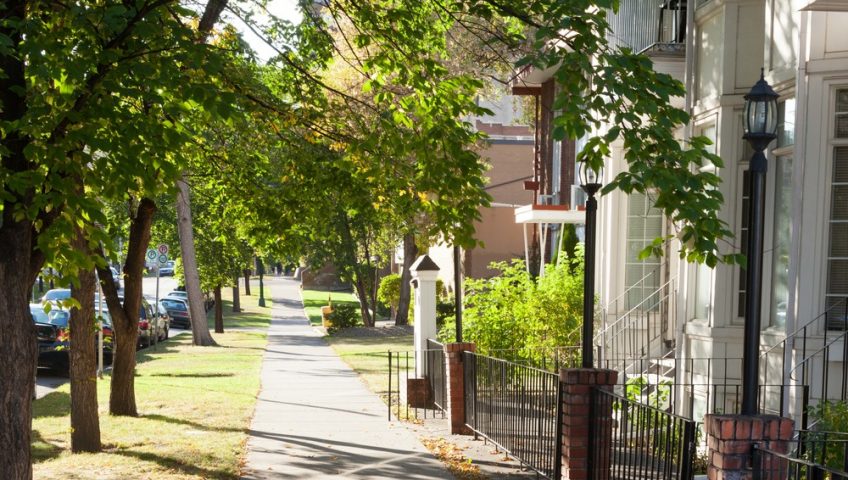
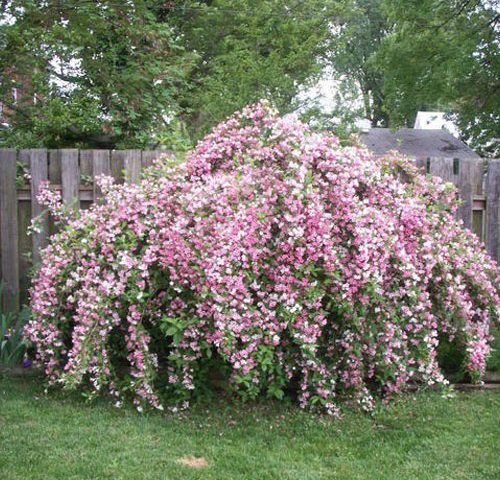
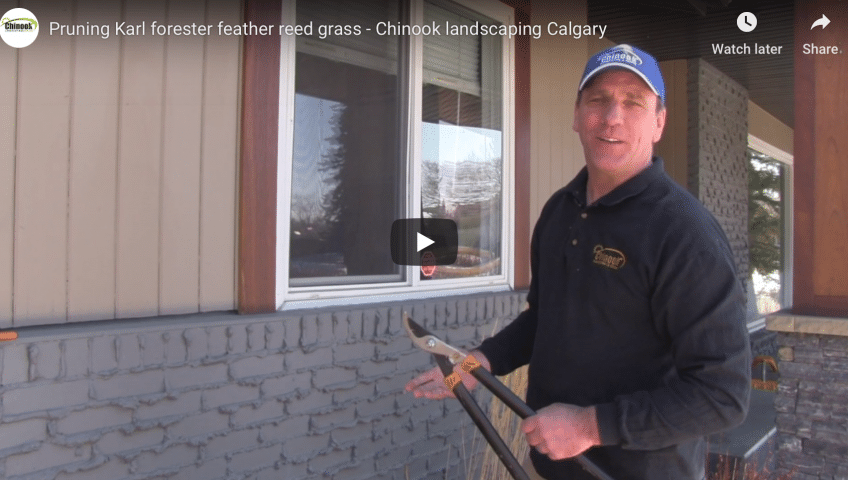
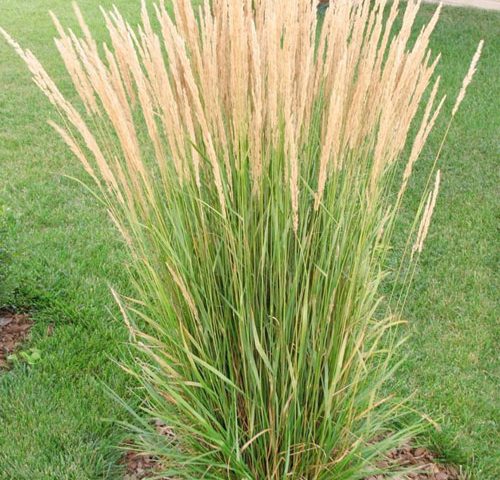
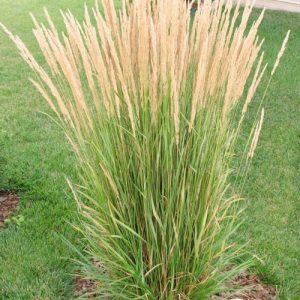
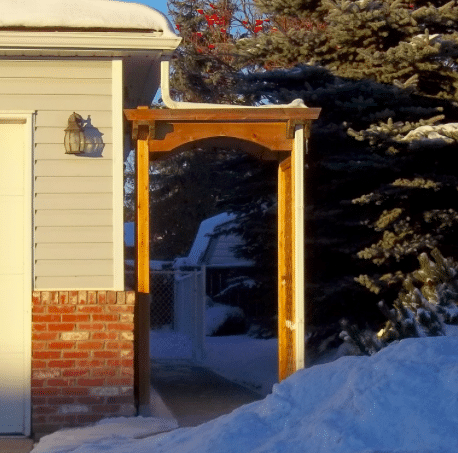
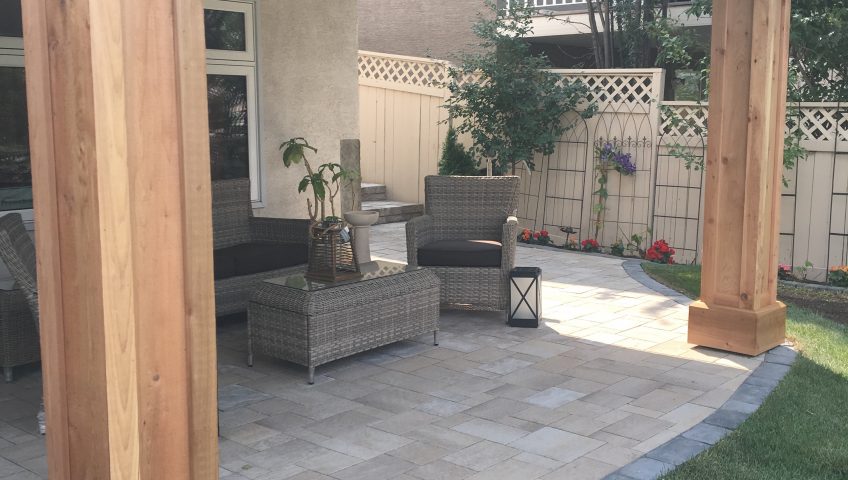
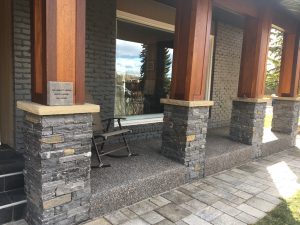 Wood cladding for your pillars is a great choice for existing pillars that need a quick makeover. Cladding your pillars with would can quickly change the look of the pillars to something bold and fresh. Your pillars may be located in the front of your property, straddling your front entrance or porch. Pillars can also be found bordering back yard patios. For wood cladding you can choose from various kinds of wood but the most popular choice for wood cladding around pillars is cedar or Meranti hardwood. Both Meranti and cedar cladding will require annual staining or oiling to keep the rich wood tones looking vibrant. There are various style options to choose from including shaker style as seen in the photo to the right. Using wood cladding for your pillars will be a less expensive option than stone cladding because wood cladding is much less labour intensive. Make sure to have a qualified professional or journeyman carpenter install your wood cladding to guarantee you will have great looking pillars as your finished project. Wood cladding compliments patios and walkways
Wood cladding for your pillars is a great choice for existing pillars that need a quick makeover. Cladding your pillars with would can quickly change the look of the pillars to something bold and fresh. Your pillars may be located in the front of your property, straddling your front entrance or porch. Pillars can also be found bordering back yard patios. For wood cladding you can choose from various kinds of wood but the most popular choice for wood cladding around pillars is cedar or Meranti hardwood. Both Meranti and cedar cladding will require annual staining or oiling to keep the rich wood tones looking vibrant. There are various style options to choose from including shaker style as seen in the photo to the right. Using wood cladding for your pillars will be a less expensive option than stone cladding because wood cladding is much less labour intensive. Make sure to have a qualified professional or journeyman carpenter install your wood cladding to guarantee you will have great looking pillars as your finished project. Wood cladding compliments patios and walkways